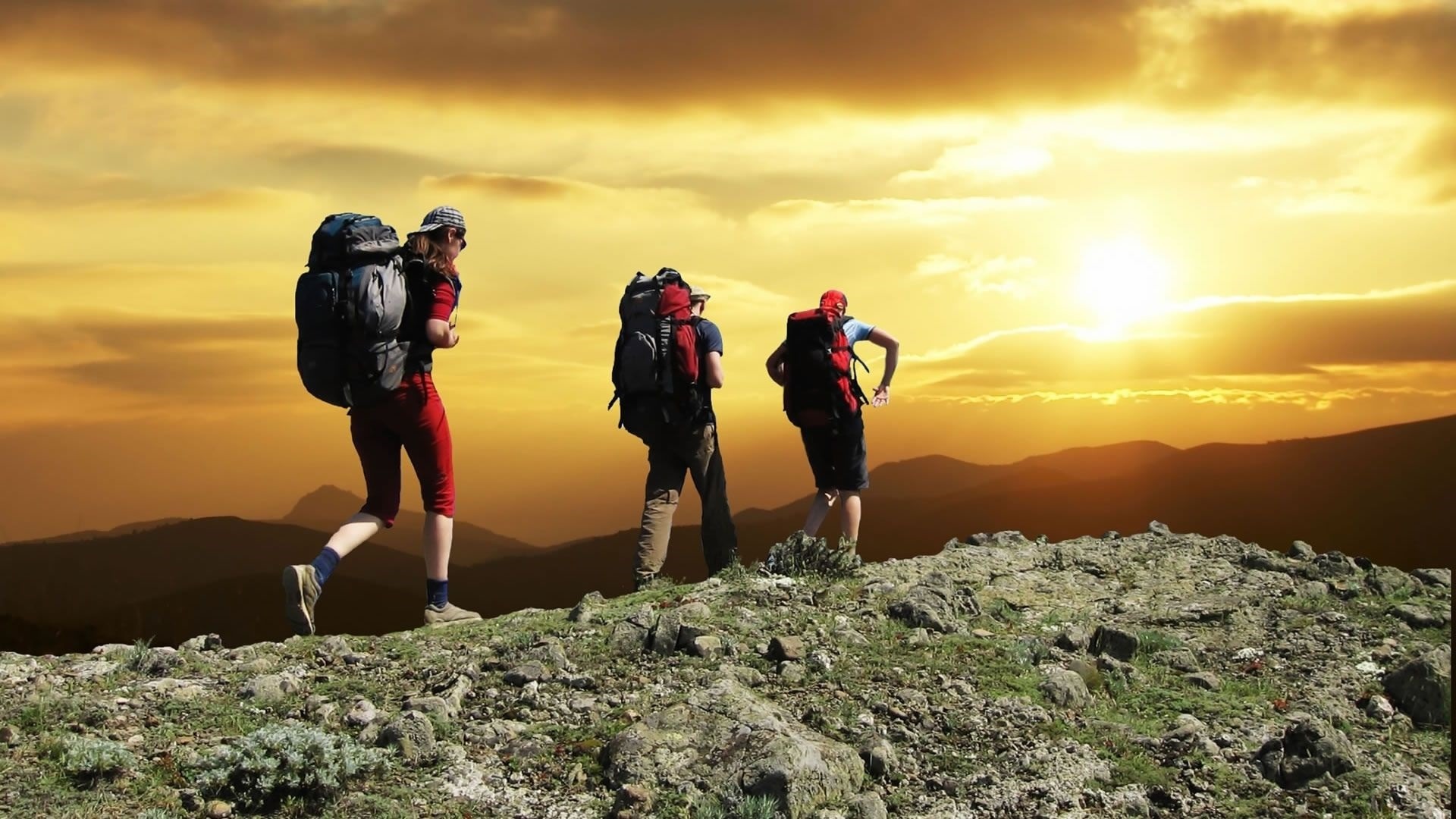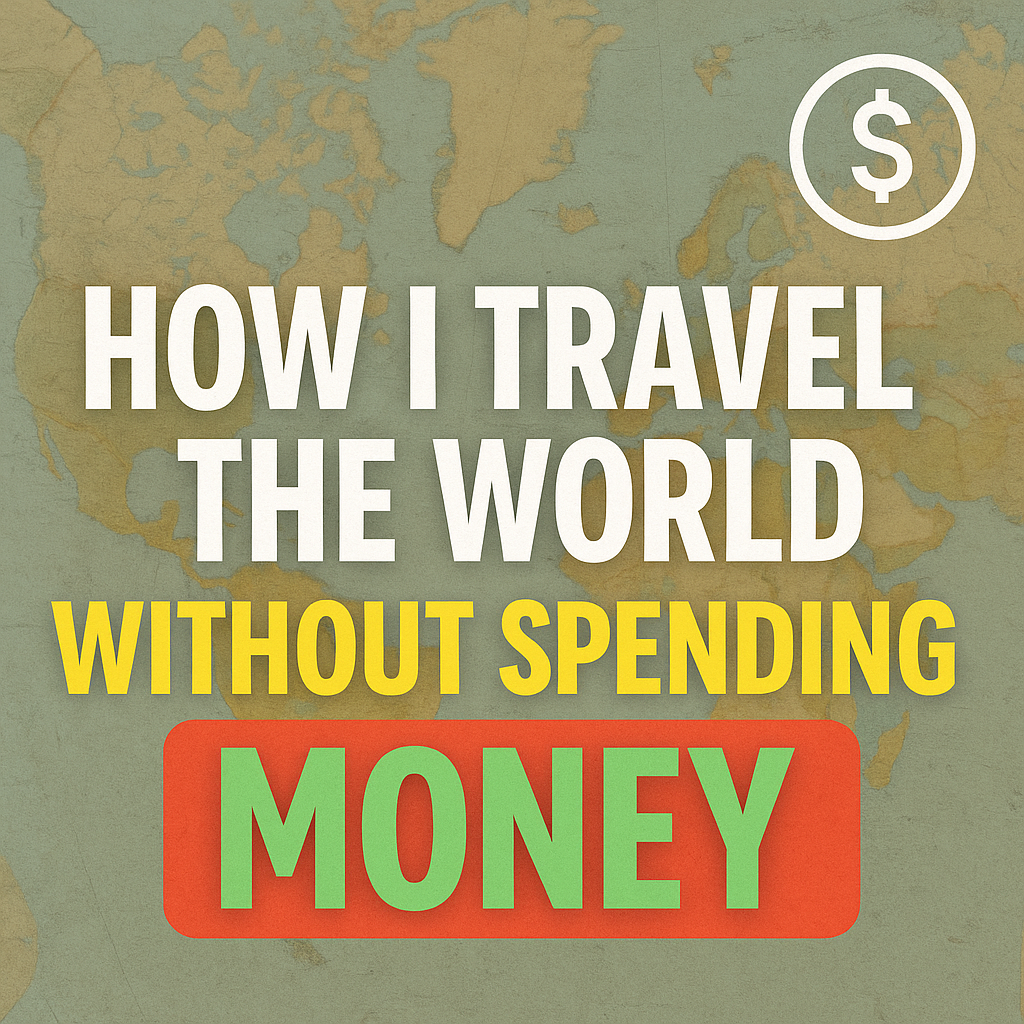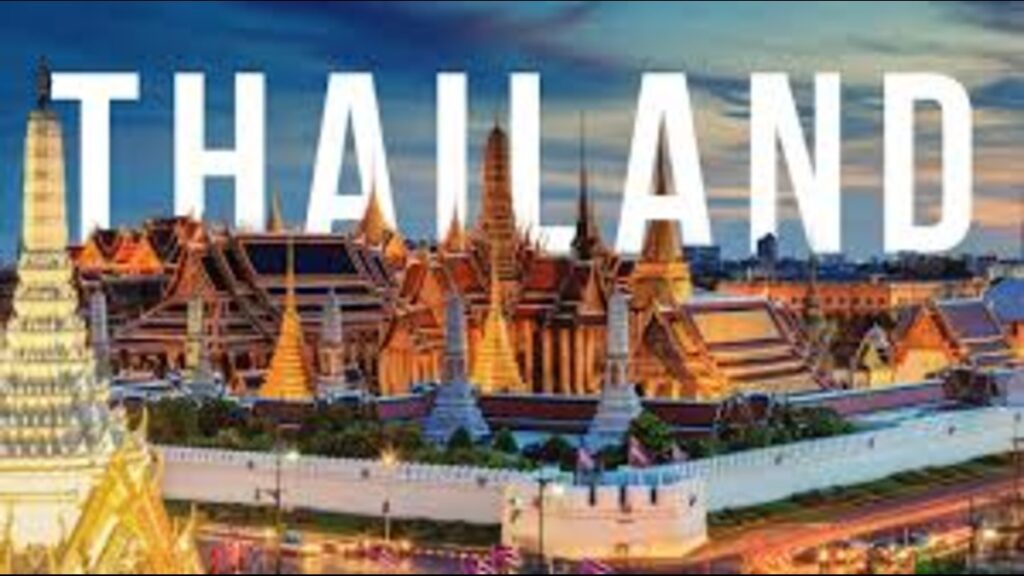
Is India Safe to Travel?
Concerns when visiting an unfamiliar country are understandable, but India can be considered safe when taken with precautionary measures in mind.
Due to terrorism and politically-motivated violence, travel should be limited in border regions between Pakistan and India and tribal states such as Manipur, Tripura and Nagaland. Furthermore, increased precaution should be observed throughout the rest of India.
Road safety
Road safety should be at the top of their traveler’s agenda when visiting India. With one of the highest fatality rates worldwide and just 2% of world motor vehicles, India has some of the highest road accident fatality rates globally. Common contributors include drivers not wearing helmets or seat belts while driving, speeding, drinking while driving and speeding in urban areas – yet these factors alone do not explain all road accidents that occur there. It is also essential to keep in mind that many road accidents occur due to poor road conditions or traffic management in urban areas that accounts for many road accident fatalities worldwide.
Road injuries and deaths are devastating for families involved, while also having detrimental repercussions for economic growth. According to estimates by the World Health Organisation, every death or injury on the roads costs countries 3% of their GDP; on a personal level, injuries caused by road accidents may lead to reduced incomes and expenses; pushing some into poverty altogether.
Countries that have successfully improved road safety have achieved this through effective central legislation and enforcement. India recently updated their road transport law and initiated Bharat NCAP, but only if implemented appropriately.
While most drivers understand and comply with road traffic rules and regulations, some do not follow them. Some disregard traffic signals, speed limits and are under the influence of alcohol while driving which has led to an increase in road accidents recently.
Infrastructure issues remain problematic, too. A primary cause of accidents is an insufficient number of safe pedestrian and cyclist lanes, leading to accidents due to inadequate response systems such as ambulance services or trauma care centers near highways.
Additionally, education and awareness campaigns must also be conducted to reduce road mishaps, including informing drivers and passengers about the importance of seatbelt usage, increasing helmet enforcement rates, discouraging drunk driving practices, etc.
Crime
Travelers in India are susceptible to criminal activity including petty theft, scams and robberies. Travellers should remain mindful of their belongings when in crowded spaces such as markets or public transport; overnight trains and buses often become targets of thieves hoping to swipe your valuables from your luggage. Women travelers in particular are particularly vulnerable due to sexual assault and harassment known as eve-teasing which ranges from sexually suggestive remarks through to unwanted touching and even sexually suggestive comments; thus female travellers should devise an exit plan as often as possible in case something should happen to keep themselves safe.
Road accidents in India are all too frequent due to poorly maintained roads and traffic congestion, with pedestrians often being struck by vehicles. India leads the world in traffic-related deaths, often striking innocent pedestrians on cross streets or at intersections; therefore pedestrians should use extreme caution at intersections and cross streets at night time, particularly after dark when many vehicles, rickshaws, bicycles, scooters, motor scooters and free roaming animals compete for space on India’s busy streets and highways; motorcyclists should wear helmets when competing for space with vehicles like taxis which do not feature seat belts – it would be wiser for passengers if only taxis offered have them!
Terrorist attacks and kidnapping are risks in certain parts of India, while the threat of kidnappings remains high. Terrorists may strike against hotels, restaurants, tourist sites and other public spaces – travelers should stay up-to-date by watching local television and print media as well as signing up with Mission India American Citizens Services Facebook Page as well as enrolling in Smart Traveler Enrollment Program to stay aware of security updates in India.
Monkeys can transmit rabies and herpes B to humans. Therefore, vaccination should be considered necessary when staying for extended periods; vaccination is especially recommended for young children and travelers staying in rural areas. It is wise to avoid feeding monkeys as this could provoke aggressive behaviour that leads to bites.
Tuberculosis is an acute health concern and vaccination is highly advised. Pregnant women as well as individuals at high risk (e.g. injecting drug users, transgender people, men who engage in intimate relationships with men) should receive preventative treatments during gestation or who may otherwise become vulnerable (such as injecting drug users and transgender people) should receive preventive therapy to lessen risk for infection.
Insurgent and extremist groups operate in certain states in India’s north-eastern region, impacting local government, security forces and civil unrest. Religious ceremonies and gatherings may trigger violent clashes that result in clashes with local residents; travelers should avoid attending them, and ensure they have an exit strategy should they become necessary in case of stampedes or explosions.
Travelling alone
India inspires devotion and reverie from its morning calls of chai wallahs to Varanasi’s sacred Ganges as dawn breaks, from worshipful Hindu ceremonies to staring into Varanasi’s glowing Ganges at sunrise – but with over one billion people, its turbulent history, ongoing border tensions and significant risks of sexual harassment against women – which ranges from staring and groping through stalking and rape to stalking and even murderous behaviour. Some travelers avoid India altogether but by planning ahead you can experience all that India offers without becoming victims!
Be wary of your surroundings at all times when in crowded places. Pickpocketing can be a serious threat and keeping an eye on your belongings at all times is essential. Carrying a padlock and chain to secure luggage while on public transit such as buses and trains is also recommended, while linking up with another traveler or joining a tour group is a great way to stay safe in India and quickly spot scams or touts that arise.
India can experience natural disasters like floods and landslides during monsoon season or earthquakes in mountainous regions. Therefore, it is recommended to check local news websites and weather forecasts prior to planning your travel itinerary.
Terrorist attacks pose an ever-present risk for British nationals travelling to India, according to the UK Foreign and Commonwealth Office (FCDO). They advise visitors to “be vigilant and follow advice and instructions from local authorities”. It’s especially crucial that travellers pay attention to any security alerts in their destination area.
Women should always remain alert in public spaces and should avoid carrying large sums of cash or valuables in their purses or bags. Furthermore, they should avoid wearing clothing that reveals too much and make clear they are not interested in any unwanted attention from strangers. Mariellen Ward of Breathe Dream Go and WeGoSolo community for solo female travellers advises it’s crucial for solo female travellers in India to learn to say no firmly as “yes, no or maybe or we’ll see” are cultural cues which may cause difficulties. However this advice from Mariellen Ward herself makes clear this advice is key in India despite cultural norms where head bobbles often signifying yes, no or we’ll see or we won’t see.
Public transport
Most visitors to India travel by train, bus or ferry – though trains provide the most atmosphere and comfort compared to their inefficient railway system. Buses provide more convenience; often more frequent than trains; can provide greater comfort; more expensive options (including “deluxe” buses with airline-style reclining seats ) may even be available; often tickets may also be booked ahead online through carriers’ websites or travel agencies.
City buses tend to be overcrowded and overstretched in cities; especially if taking slower routes that stop at every possible spot and admit passengers until every seat in every aisle is full. Meanwhile, more expensive classes of bus – from standard models all the way up to fast Vande Bharat expresses – tend to be less cramped and more comfortable; on many local buses someone may roam up and down collecting fares, though don’t panic if your change doesn’t appear immediately as this could simply mean they were waiting until everyone disembarked before disembarking happened!
Taxis and auto-rickshaws are an efficient means of getting around Indian towns, with both vehicles equipped with meters for your use; however, drivers often refuse to use them; be sure to agree on a price before setting out. Prepaid taxi stands located at major train stations and airports also provide fixed-price cab rides. More adventurous travellers may rent motorcycles or scooters for long distance treks such as Delhi-to-Ladakh trek. Alternatively, Lalli Singh Adventures in Delhi provides classic Enfield motorcycle rentals by the day!
If you decide to drive in India, keep in mind that its roads are narrow and in a constant state of repair, with drivers who may be aggressive or uncouth and an array of cows, pedestrians, cyclists and large vehicles slowing traffic down at different rates. Night driving should be avoided at all costs if possible and large vehicles given priority when overtaking on blind curves; accidents usually result from drivers overtaking on blind curves without giving way, failing to give way for cyclists or herds of cattle, overconfidence driving among fast moving rickshaws or motorbikes among many fast moving rickshaws or motorbikes driving at fast velocities within cities compared with driving speeds rickshaws or motorbikes which occupy this landlocked country!


